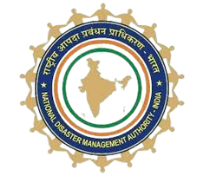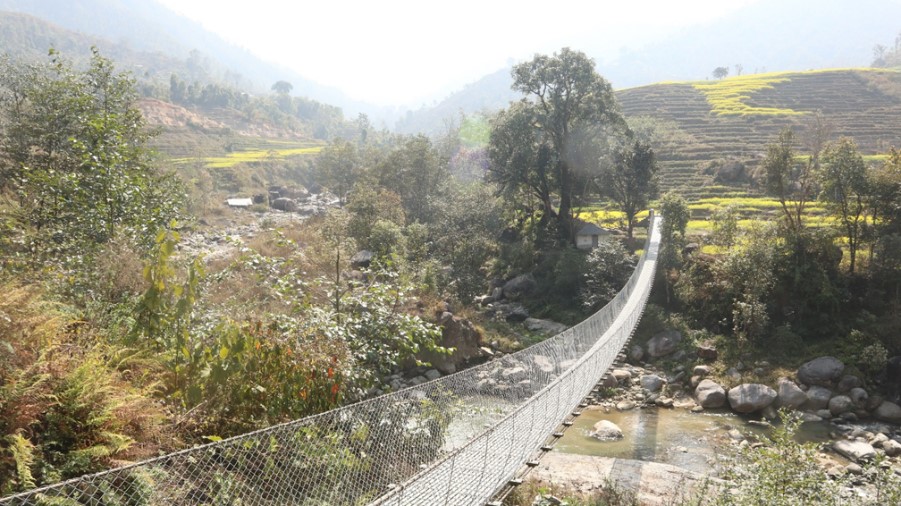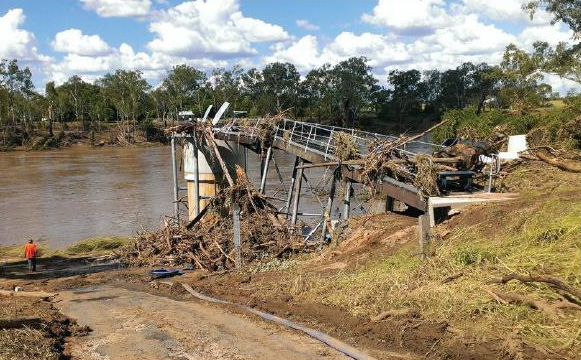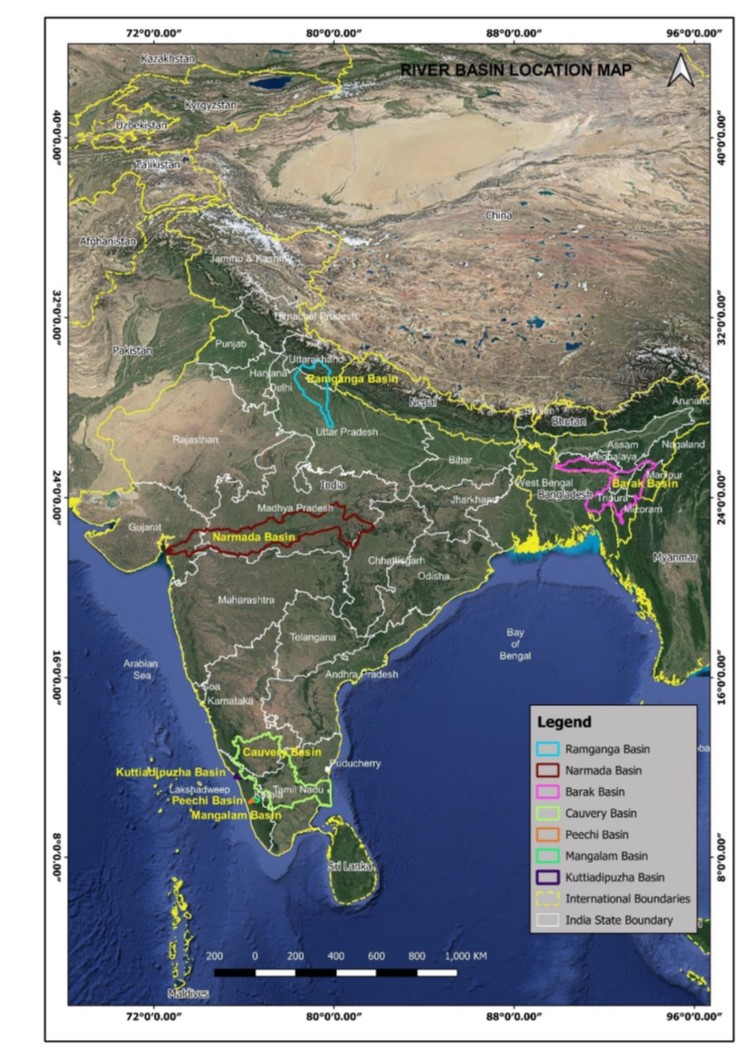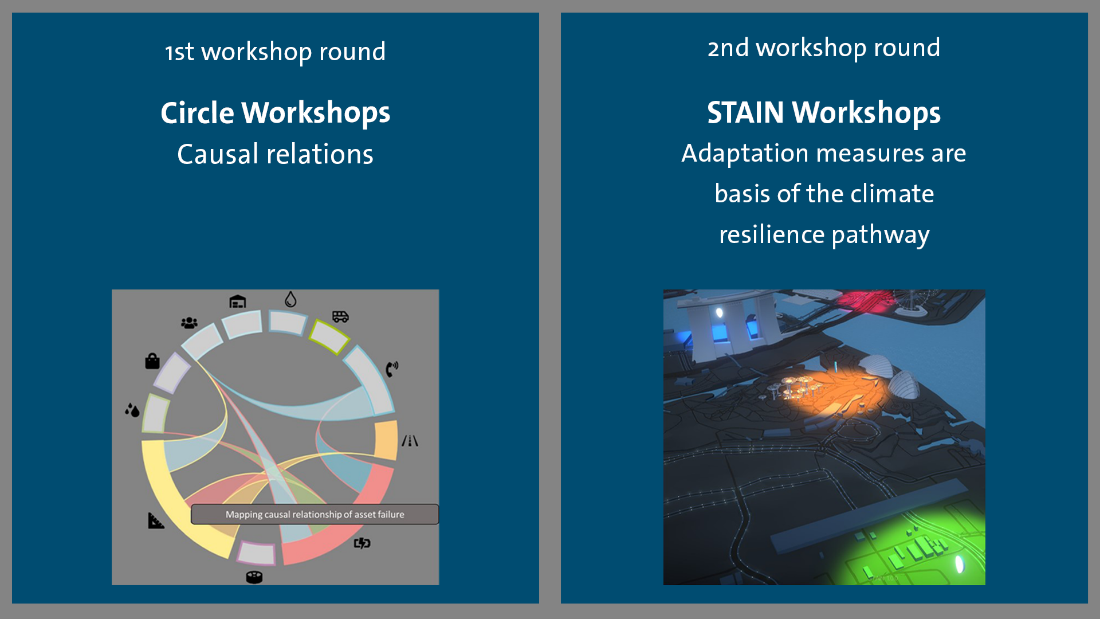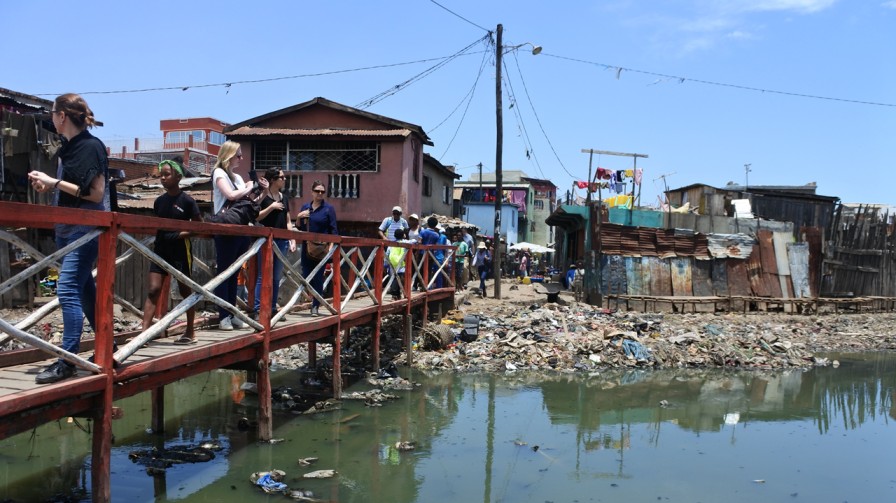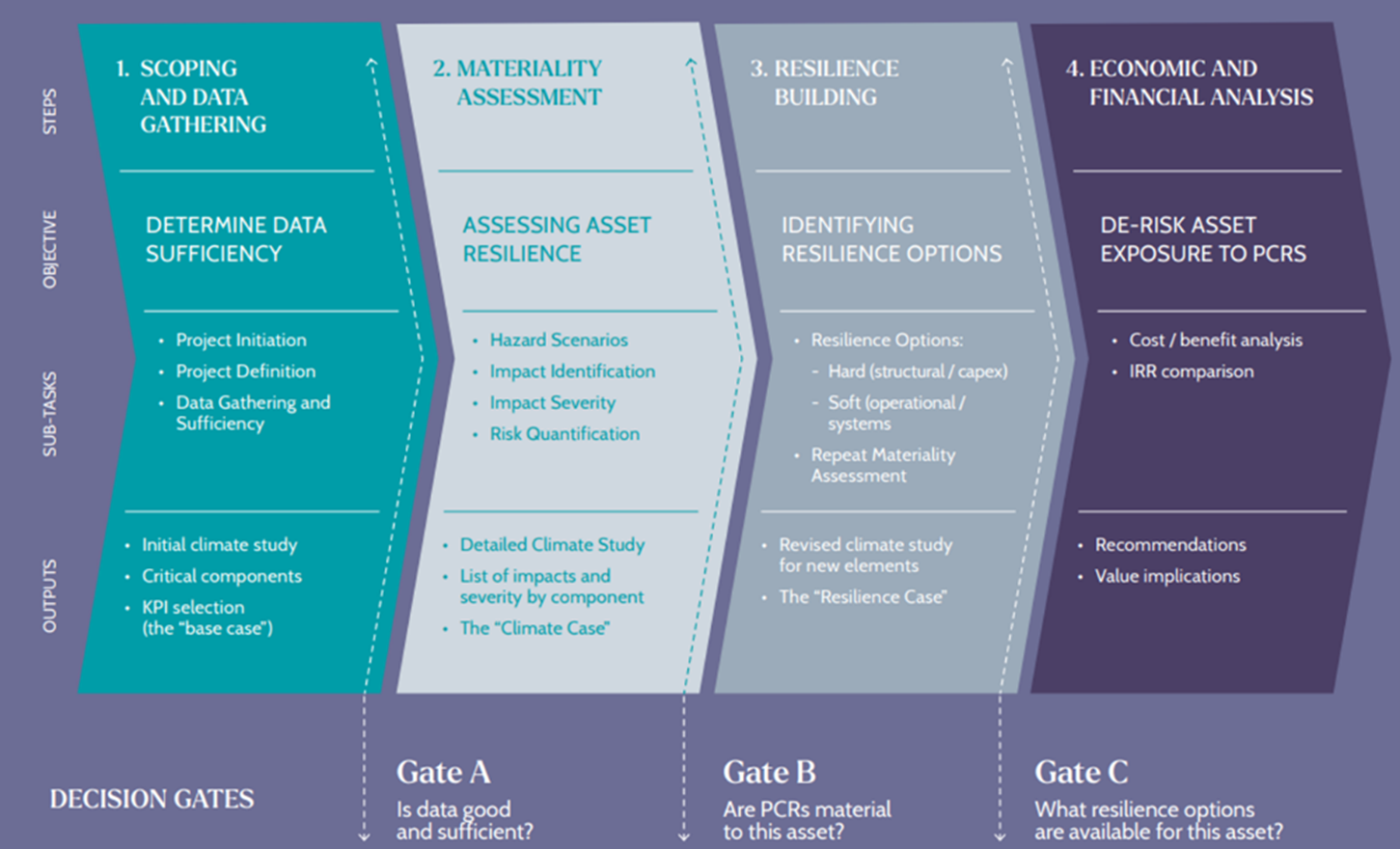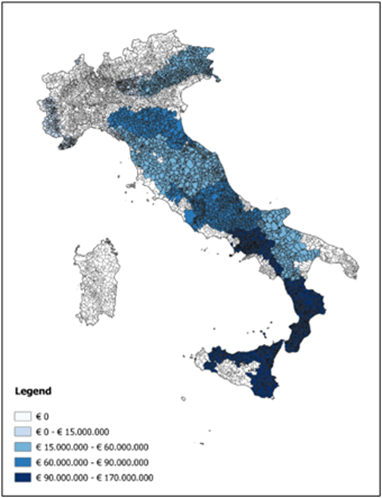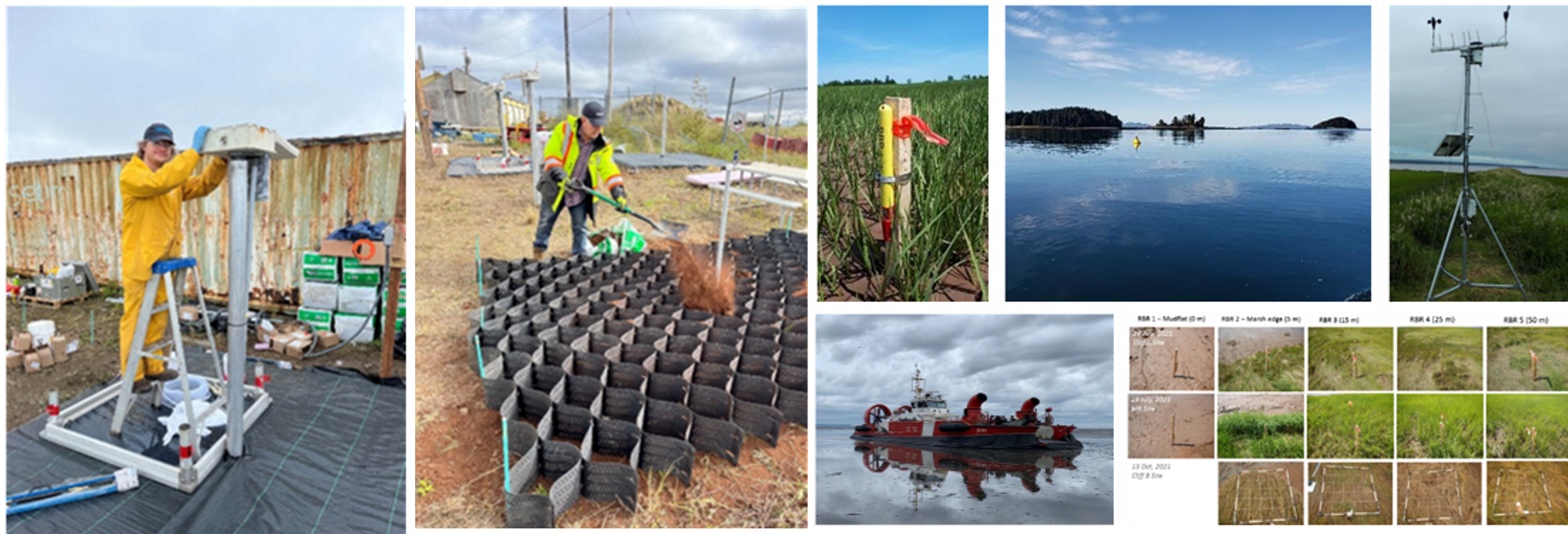Selection priority: Priority of the (local) government and inclusion in the (local) planning process; Considerations of vulnerability of communities, ensuring that all members were covered (“Leave No One Behind”).
Plan and design for quality and sustainability: e.g., climate is an important factor, both to ensure that infrastructure is safe and that infrastructure aids adaptation. Seismic design for buildings is crucial and these should comply with the building code, as well as avoid creating sites at risk of landslide damage. Quality is a key factor for resilience and sustainability. All infrastructure was designed to be climate resilient to ensure sustainability. Resilience was built in engineering design, location of sites, construction methodologies and technology transfer to benefit the local communities.
Invest significant time and resources in community mobilisation: Rural infrastructure relies on strong local (palika, ward and community) buy-in and involvement from the planning phase through to long-term operation and maintenance. A major part of the planning and design phases needs to be dedicated to community mobilisation, training, and awareness building to ensure demand for the infrastructure, capacity to build and manage it safely, and awareness of the users’ responsibilities.
Ownership of government: The (local) government / Palikas own the infrastructure and must be committed to its management, including supporting user groups (in places where they have been delegated responsibility for management) as well as agreeing to provide financial support for major repairs, their involvement in the planning process and committed funds for initial construction.
Equity of impact of infrastructure: Focus on social and economic outcomes for the most vulnerable. Focus on management and use of infrastructure for resilient livelihoods, including micro-irrigation of high value crops, targeted at landless / land-poor and water-poor households.
Resilience of infrastructure depends on various factors and are linked to multiple issues:
- Infrastructure quality is critical and must serve the end purpose well;
- Infrastructure is expensive, budgets must be adequate for the entire scheme (possibly spread over more than one year);
- Good planning, selection and management of infrastructure are as important as its construction;
- Sustainability, equity, climate risk must be considered at all stages.
Supporting a systems approach engaged with the policy environment (at all stages i.e., select, design, deliver, monitor and post-completion O&M), addressed challenges related to supply chain, and focused on achieving social outcomes linked to specific infrastructure.
Safe, climate resilient and sustainably managed infrastructure was created through this programme, with some specific achievements listed below:
- 227,977 people have improved access to water, through 450 new water schemes;
- 18,697 households have tap stand access;
- 357 km of foot trails rehabilitated;
- 9 footbridges constructed / rehabilitated
- 5 schools (37 classrooms and associated facilities were rebuilt/ rehabilitated)
- 60,000 person-days of employment created.







